Anglo American copper assets worth $35 billion — report
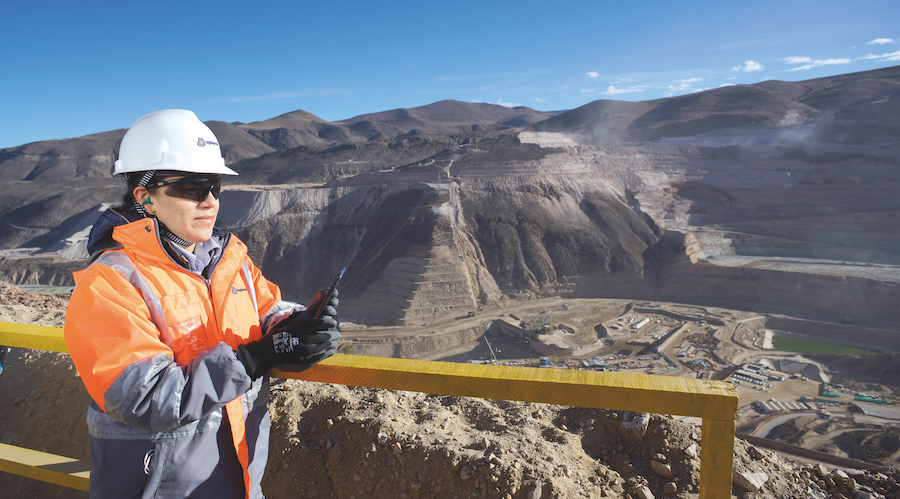
BHP’s (ASX, LON, NYSE: BHP) bold move last week to approach Anglo American (LON: AAL) with an unsolicited, $39 billion takeover offer, has a main objective of grabbing the target company’s copper assets.
As copper is a metal key to the green energy transition, analysts estimate that the coveted operations, which have carried the weight of Anglo American’s balance sheet in recent years, are worth at least $35 billion. The figure, only $4 billion lower than BHP’s offer for the whole company, factors in the year-to-date rally in copper equities and a 30% control premium, experts from financial research firm CreditSights said on Wednesday.
With only four copper mines, Anglo American has an established presence in the world’s top copper producing countries, Chile and Peru:
- Los Bronces: Is one of Anglo American’s two largest copper operations and its flagship operation, located in Chile’s central zone. The asset has been mined for over 150 years and is running out of high-grade ore. Anglo, with a 50.1% stake, is currently in the midst of a $3 billion planned expansion, that will allow the miner to tap higher grade ores from a new underground section. The mine-life will also be extended through 2036. It produced 215,500 tonnes of copper last year, down by 20% from 2022 levels due to lower ore grades.
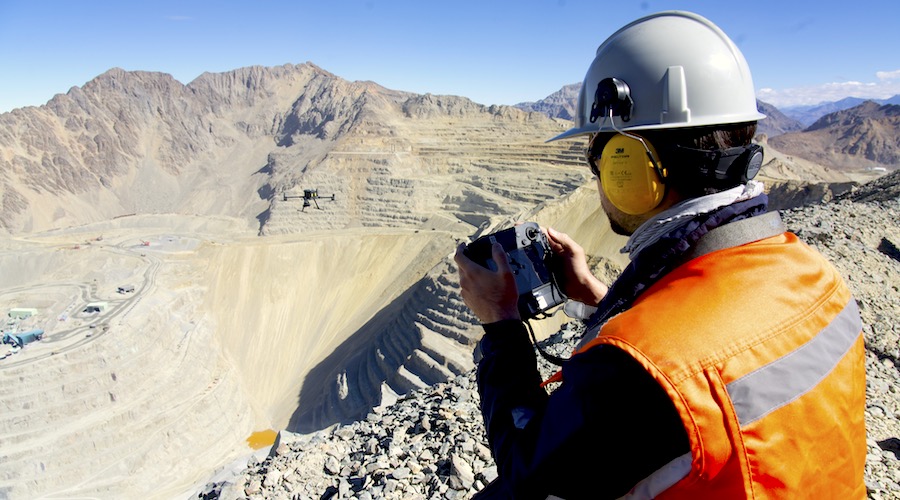
- Collahuasi: This large copper mine is located at high altitude in the north of Chile. Anglo American has a 44% stake in the operation, with Glencore owning another 44% and Mitsui & Co. the rest.
It has one of the world’s largest copper reserves, with estimated reserves of 3.93 billion tonnes of ore grading 0.66% copper and it produced 52,200 tonnes copper in January this year.
The construction of a desalination plant is currently underway and once completed in 2026, it will meet a significant portion of the mine’s water needs.
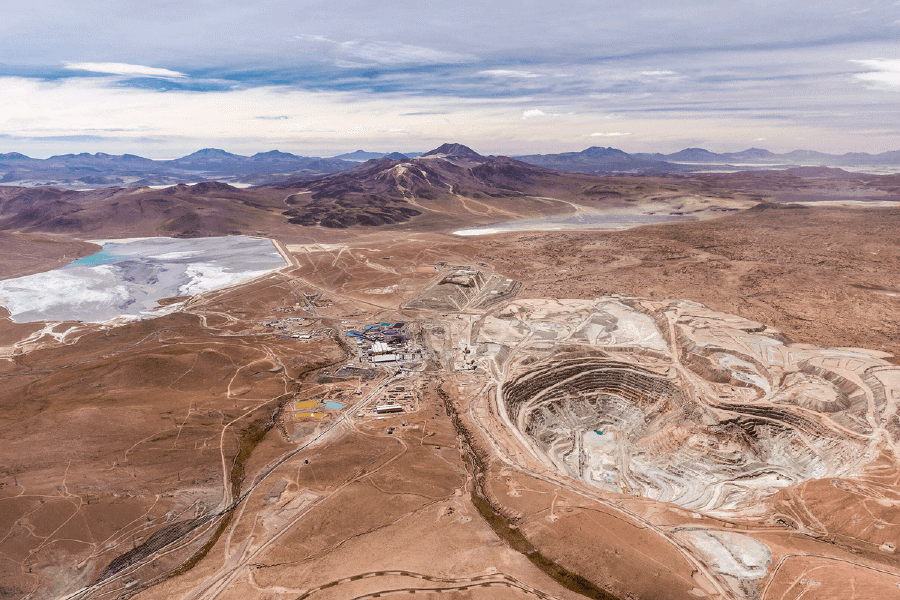
- El Soldado: Is the smaller of the three copper mines Anglo runs in Chile, being the majority-owner (50.1%) since 2002. Located 125km north of the capital Santiago, it started operations in 1980 and produced 39,500 tonnes tonnes of copper last year, making it relatively small by Chilean standards. El Soldado’s production is expected to fall further to about 30,000-35,000 tonnes by mid-2028, when the mine reaches the end of its life. Anglo recently obtained an environmental permit for a potential expansion that would extend the mine productive life to 2037.
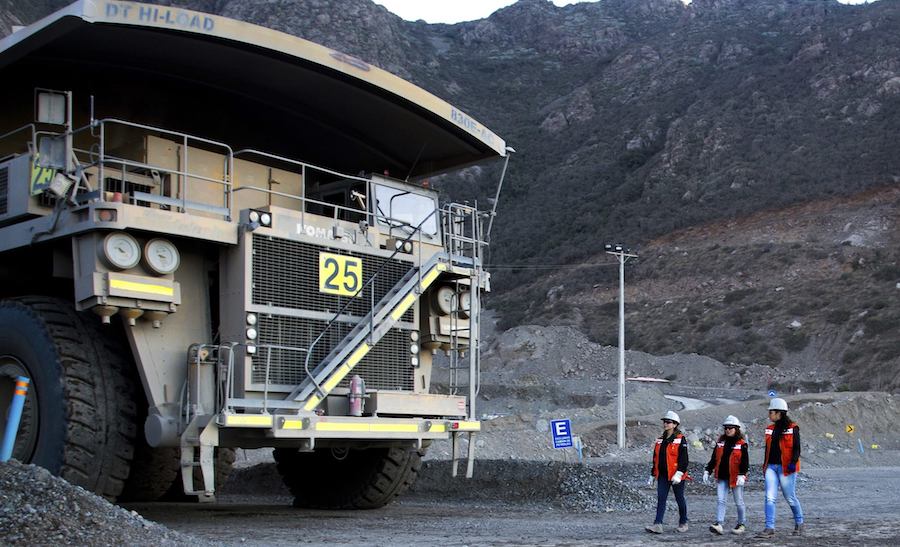
- Quellaveco: Anglo’s newest copper mine, located in the Moquegua region of Peru, began operations in 2022, reaching its highest throughput rate in the first quarter of this year. The mine is expected to deliver around 300,000 tonnes per annum of copper in the first ten years. Quellaveco, in which Anglo has a 60% stake, was the first 100% digital mine in Peru and is among the first ones to implement a technology developed by NASA to improve efficiency and safety.
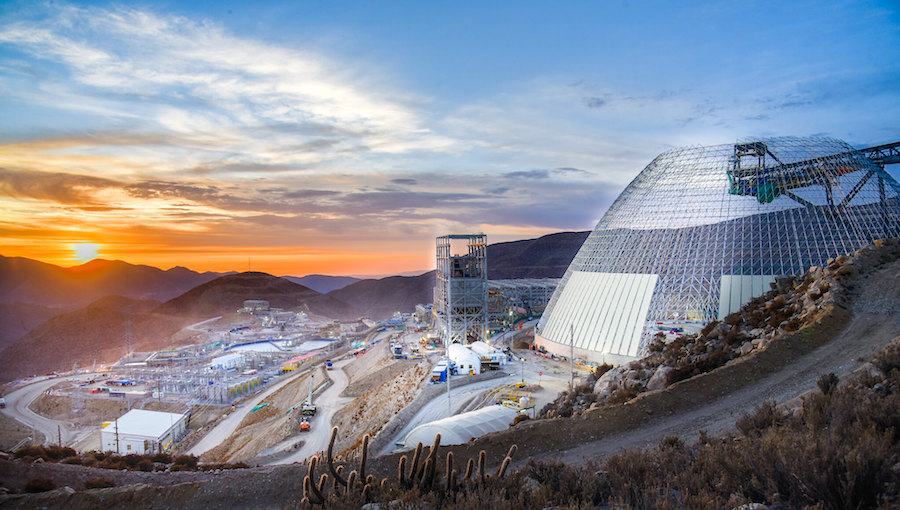
The company reported last month an 11% increase in its copper output for the first three months of the year and kept its guidance for the year unchanged at 730,000-790,000 tonnes of copper.
Analysts estimate that to build a copper mine with a capacity of at least 100,000 tonne per year, a company would need to invest $3.5 billion to bring it online, not counting the time it would be required to build such a mine Anglo’s Collahuasi and Quellaveco generate four times that figure each.
If BHP does end up buying these mines, the company would produce 10% of global output of the red metal, trumping Chile’s Codelco and Freeport-McMoRan as the world’s largest copper producer.
{{ commodity.name }}
{{ post.title }}
{{ post.date }}
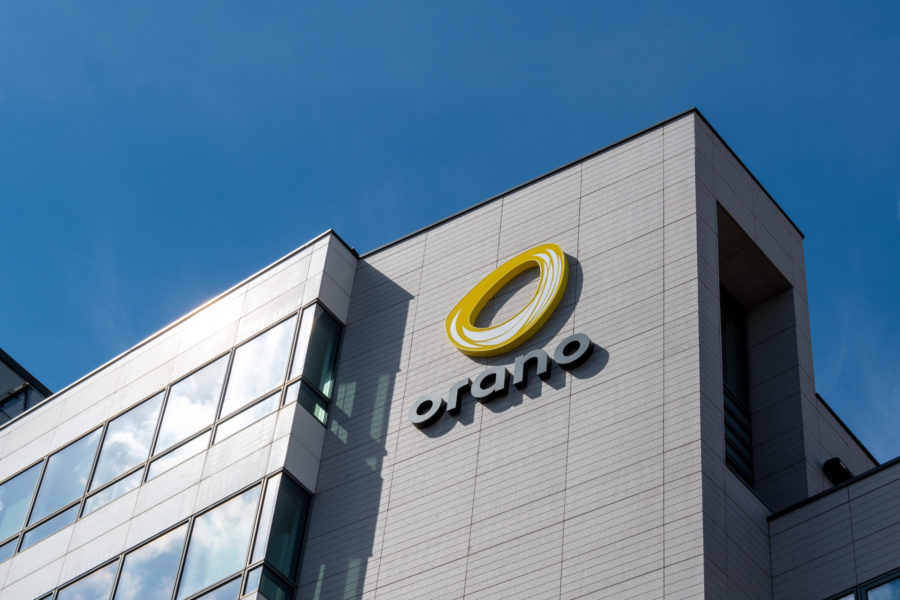
Comments